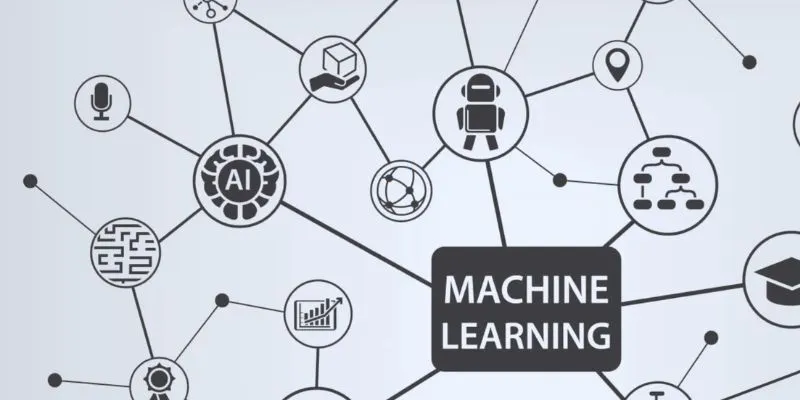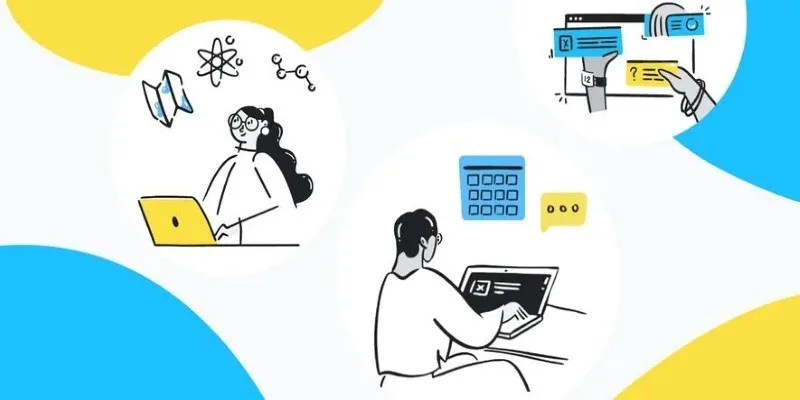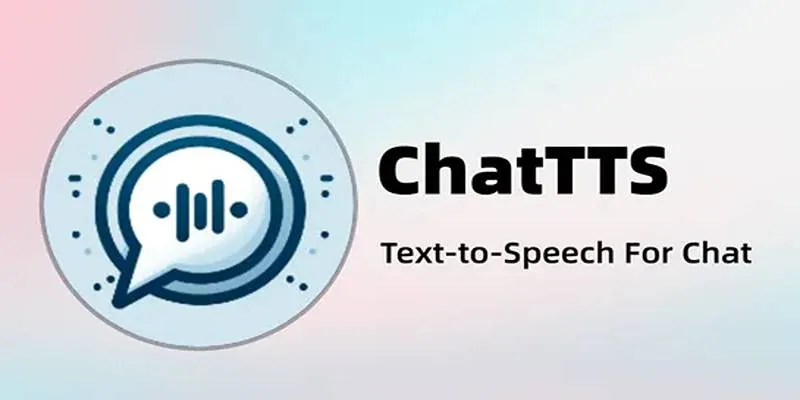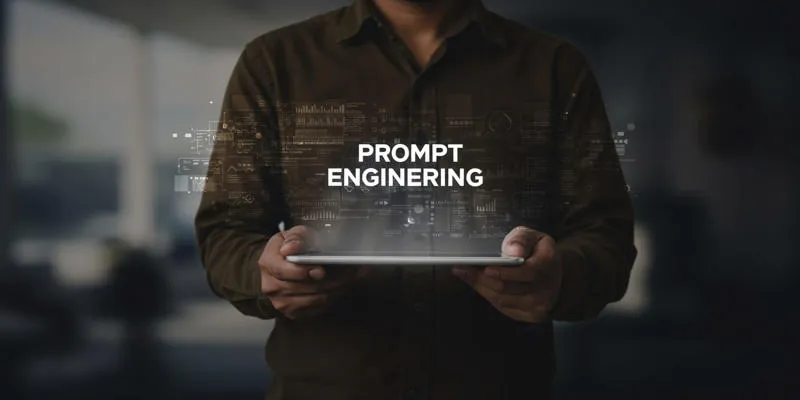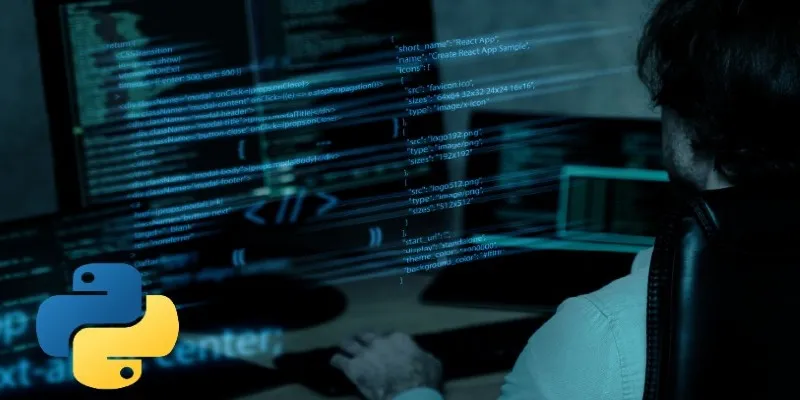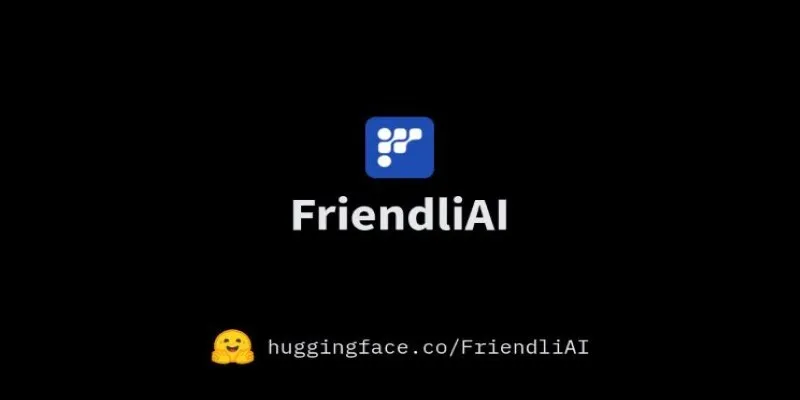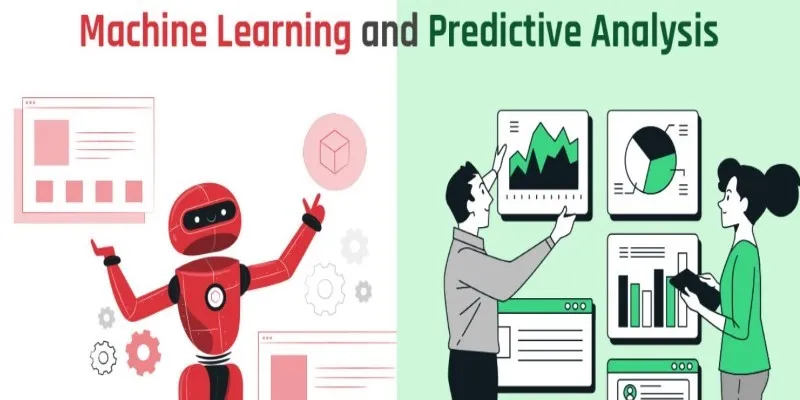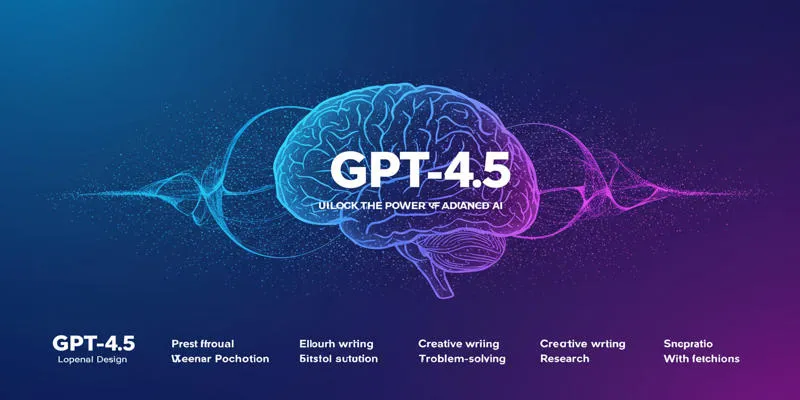When launching a new course, the focus often falls on curriculum, pricing, or platform. However, what is frequently overlooked is how the learning experience can dramatically shift when participants come together before the first module even begins. A course launch community event isn’t merely a warm-up; it’s a catalyst for learning momentum, creating shared energy, and helping future students feel like they’re part of something real. When executed well, it sets the tone for the entire course and builds connections that last beyond the final assignment.
The Value of Hosting a Community Event for a Course Launch
Launching a course goes beyond merely hitting publish. Whether you are a solo creator or part of a larger team, gathering people early can bring life to the material. A community event creates a space where students, instructors, and guests can interact informally before formal learning starts. This isn’t about pitching or over-explaining the course—it’s about building rapport, offering value, and giving people a reason to care.
These events often bring early feedback. Attendees might ask questions highlighting areas needing better explanation or showing high interest in a topic that wasn’t originally a focus. This kind of live interaction provides course creators with direct insight into how their material is being received. It also gives the community a voice—people aren’t just signing up; they’re being invited into something that evolves with their input.
Another reason for these events is emotional investment. Learning anything new takes time and effort, and it’s easy to fall behind or feel lost when doing it alone. A well-structured community event helps people feel supported before the pressure kicks in. Whether it’s a welcome session, a Q&A, or a short guest talk, the outcome is the same: people feel seen and involved.
Structuring the Event for Engagement, Not Just Information
The tone of the event is as crucial as its structure. If it feels like a webinar with slides and little room to speak, people check out. A course launch community event should feel like a room—virtual or in person—where everyone is invited to speak, even if they choose not to. This sense of openness often starts with the host. When the instructor is present not just as a teacher but as a person—curious, listening, and relaxed—it shifts the energy.

Some events feature a short introduction from the instructor followed by a discussion. Others open with a story about why the course was created or a lesson learned along the way. These aren’t just nice touches; they humanize the content. When people hear stories, not just instructions, they remember why they were interested in the topic to begin with.
Breakout rooms or small group discussions can be effective in online events. These smaller conversations create room for more honest exchanges. Whether it’s a short activity, a problem-solving session, or a casual meetup, giving attendees space to interact with each other—not just the instructor—often creates the most value.
Timing is another consideration. Hosting the event too far ahead of the course means the energy fades. Hosting it too late means people might have already disengaged. Somewhere between one to three days before the course starts tends to work best. It creates anticipation without burning it out.
Building a Sense of Belonging Before the First Lesson
One of the most overlooked aspects of education is belonging. When people feel like they’re part of a group, they’re more likely to stay motivated and complete the work. A community event helps shape that from the start. Even one good conversation or a single familiar name in a chat thread can make someone more comfortable speaking up later during the course.
The event doesn’t require a flashy lineup of speakers or high-tech production. It just needs intention. A clear purpose, a welcoming space, and a mix of listening and sharing can go further than any production budget. This is also where the community manager, if one is involved, plays a role. Whether it’s through follow-up messages, ongoing group discussions, or helping with tech, their presence keeps the event grounded and responsive.
After the event, momentum matters. People who show up are likely to stick around if there’s something to keep the energy going. This could be a short video recap, a thank-you note, or even a shared discussion prompt in the course’s community space. The key is to prevent people from slipping back into passivity. The course launch community event starts a conversation—it shouldn’t be the last one.
How AI Tools Can Support a Better Experience
With more course creators using AI in their planning and delivery, the community event is no exception. While AI can’t replicate the human connection that a live event offers, it can help prepare and improve it. For instance, chat-based tools can suggest icebreaker questions based on the course topic or help draft invitations that match the tone and audience.

Speech-to-text tools can offer live transcription for accessibility or be used later to create summaries of the event. Sentiment analysis can provide clues about how people responded—not just based on what was said, but how it was said. AI tools can also sort through attendee questions to spot patterns and themes, making it easier to tailor future sessions.
It’s worth noting that while AI can assist, it shouldn’t replace human moderation or facilitation. The core of a course launch community event is emotional and relational. People don’t show up for automation. They show up for connection.
Conclusion
A well-organized course launch community event gives learners a reason to care from the start. It turns isolated modules into a shared learning experience. When people connect early, they’re more likely to stay engaged, finish the course, and tell others about it. This isn’t about flashy promotion—it’s about real interaction and making space for people to be heard. These events work because they’re simple: just people coming together with a shared interest and the chance to feel part of something real.
For further insights into enhancing your community events, consider exploring community management best practices or AI integration ideas.
 zfn9
zfn9




